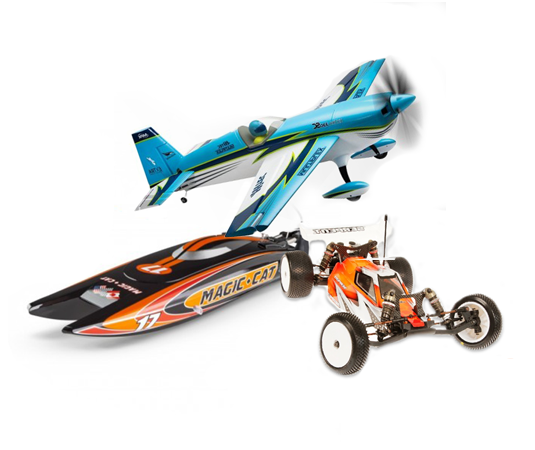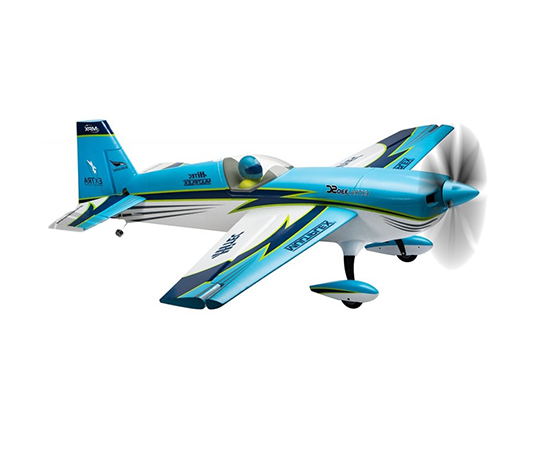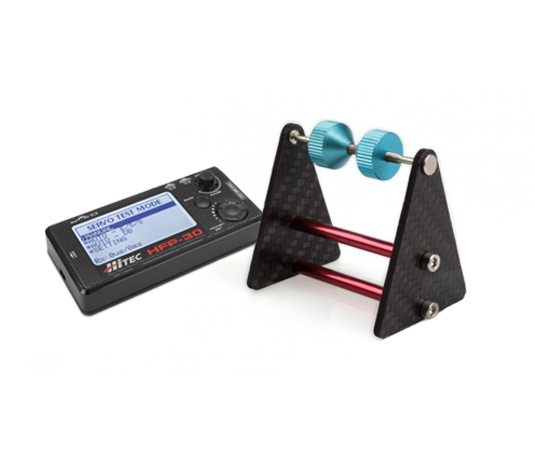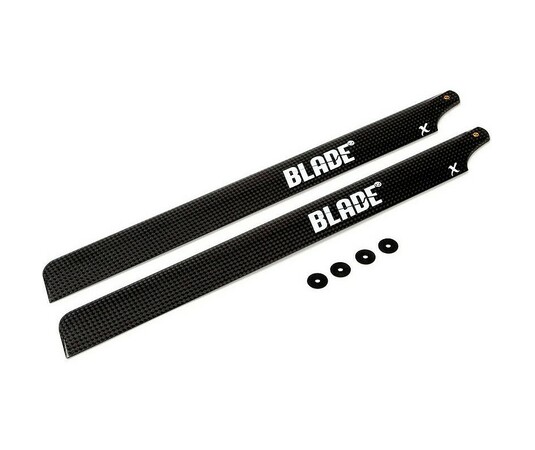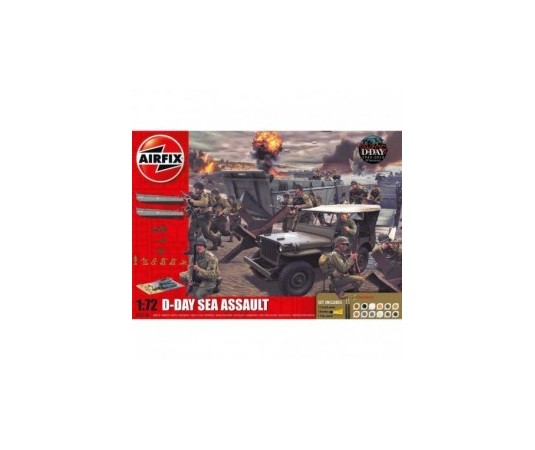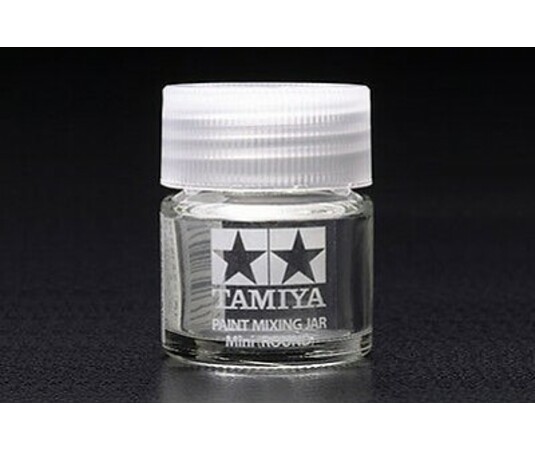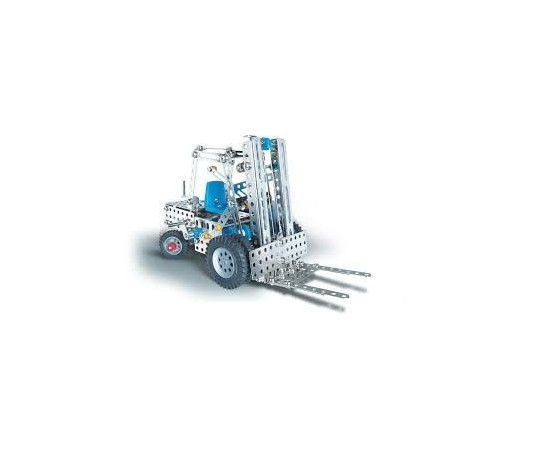TORRO tank PRO 1/16 RC Königstiger multicolor camouflage - BB Airsoft - Smoke

Express delivery

Large selection of carriers

Satisfaction guarantee
Tiger II was a German WWII heavy tank. The final official German designation was the Panzerkampfwagen Tiger Ausf. B, often abbreviated to Tiger B. The designation in the ammunition inventory was Sd.Kfz. 182 (Sd.Kfz. 267 and 268 for command vehicles). It is also known by the informal name "Königstiger"
Tiger II was the successor to the Tiger I tank, combining its strong armor with the sloping armor used on the Panther medium tank. It weighed nearly 70 tons and its frontal armor was 100 to 185 mm (3.9 to 7.3 inches) thick. [4] He was armed with a long cannon KwK 43 L / 71 caliber 88 mm. The chassis also became the basis for the Jagdtiger tank destroyer.
Tiger II was included in the armament of army heavy tank battalions and the Waffen-SS. He was first deployed in combat by the 503rd Heavy Tank Battalion during the Allied invasion of Normandy on July 11, 1944. On the Eastern Front, the first unit equipped with the Tigers II was the 501st Heavy Tank Battalion, which had 25 Tigers II in service on September 1, 1944.
This tank was to become the successor to the Tiger I tank, whose production began in 1942. But shortly after the start of production of the tank PzKpfw VI Tiger Ausf H1, the German leadership placed an order for a new heavy tank, which was to be armed with a cannon KwK 43 caliber 8.8 cm . This cannon was able to break through 180mm armor at a distance of 500 m. Porsche and Henschel undertook the development of the new tank.
Ferdinand Porsche came up with a design for a combined drive system with electric motors. Two 150 kW internal combustion engines were to power the generators. This system seemed prone to failure and, in addition, a lot of copper would be used to make electric motors, so Porsche's proposal was rejected.
Henschel used a 515 kW Maybach HL230 P30 petrol engine as a power unit. This engine was also used on the Panther tank. It was sprung by a system of double wheels, four wheels in the rear row and five wheels in the front row. The front armor was 150-185 mm. This model was accepted into production in February 1943 under the name PzKpfw VI Ausf. B (Tiger II) and three prototypes were ordered.
Prototype production has dragged on considerably. The first prototype was shown on October 20, 1943. In December of the same year, serial production began. The first 50 pieces had a "Porsche" tower, the other tanks had a "Henschel" tower. Due to the use of a heavier cannon and stronger armor, the weight of the Tiger II tank was higher than the weight of the Tiger I. Tiger II weighed 69.7 t. This reduced its speed, reliability and driving characteristics. But even so, it was one of the best armed and most durable tanks of World War II.
The binocular sight was used for the first few tanks, but the monocular sight was used for the others. An improved KwK 43 / III 8.8 cm caliber cannon was also used in some of the manufactured tanks. A total of 492 of these tanks were produced from the beginning of production until the end of the war.
The following two modifications found their use: the commander Tiger II and the Jagdtiger tank destroyer. Command tanks were equipped with radio stations. Type SdKfz 267 was equipped with radio stations type FuG5 and FuG7 for communication at the battalion and company level. Type SdKfz 268 was equipped with radio stations FuG5 and FuG8 for communication with the regiment and division. These radios had standard rod antennas. About 10 Tiger II tanks were converted to command tanks.
Tiger II tanks were accepted into service in the spring of 1944. Their first combat deployment on the Eastern Front in a counterattack on the Soviet bridgehead near Sandomierz in August 1944 ended in a complete debacle. Over the course of three days, the Germans lost (among other losses) 11 Tiger II tanks in combat with Soviet T-34/85, IS-2 tanks and in treacherous sandy terrain.
The most famous, however, is their deployment in the Ardennes counteroffensive in December 1944. Its purpose was to prevent the large actions of Allied troops so that all the military forces of Nazi Germany could be used on the Eastern Front against the USSR. However, the tanks soon ran out of fuel and the weather improved, which meant that the Allies began bombing roads and railways, cities and Nazi troops. The German attack was beginning to weaken, and in addition, Tiger II tanks had to be moved to the Eastern Front to take part in the fighting against the Soviet offensive. Thus [source?] Began the German attack and the troops of the Third Reich began to withdraw to the safety of the Siegfried Line.
Tiger II tanks were also used in the last German offensive, ie in Operation Spring Awakening, which aimed to reconquer Budapest in the spring of 1945. After a promising start, however, they got tangled in the mud and that was the end of the operation.
Tiger II was one of the strongest tanks of World War II, which competed only the Soviet tank IS-2, which had a 122mm cannon, and the American M26 Pershing, which was deployed to fight on the Western Front in February 1945. The Royal Tigers had in their arsenal separate battalions of heavy tanks of both Heer and SS.
True to detail in 1:16 scale
Weighing around seven kilograms, the Königstiger is ideal for the discerning customer. In the professional edition, it is characterized by excellent airbrush color quality, 2.4 GHz printed circuit board technology and a new speaker. This model has excellent driving characteristics, a wide range of functions and realistic sound. High quality belts, drive and guide wheels with rollers, as well as the lower fuselage and turret are made of metal. Many small parts and various stickers perfectly complete the replica of the faithful scale.
Controls and functions
The powerful tank model has 2.4 GHz RC control. The vehicle is equipped with the BB Airosft system, so battles are possible as in real combat. Torque-optimized engines give the Königstiger a precise and smooth ride. Metal gears with robust gears and improved transmission ensure greater performance. Thanks to the proportional control, you can approach the tank very slowly and gradually increase your speed. Königstiger * moves forwards and backwards, also with left and right turns. It can also be turned left or right on the spot. You can raise and lower the cannon and rotate the turret 360 degrees. The realistic experience is completed by various engine sounds and smoke from the exhaust.
Package contents and technical parameters / functions
- RC Königstiger BB Airsoft, professional edition Torro in 1:16 scale
- Torro wooden box for transport and storage
- Weight: approx. 7.0 kg
- 360 ° rotation of the tower
- 2.4 GHz remote control
- Metal gearbox with a gear ratio of 1: 4
- NiMH set 7.2V
- Charger 220V / 7.2 V, charges 400 mAh
- Smoke generator and sound module
- NEW additional function when firing: smoke from the barrel, which can be turned on and off according to need and taste
- Smoke liquid
- functional airsoft shooting mechanism
- small parts, set of accessories, decals
Hardware
- Color: multicolored camouflage
- Combat function: functional Airsoft shooting mechanism
- Chains: metal
- Rollers: metal
- Suspension: Suspension on the torsion bar
- Tower rotating ring: 360 °
- Tower: metal
- Bottom tub: metal
- Gearbox: steel gearbox
- Scale: 1/16
- Edition: Torro Pro-Edition
- Design: RTR model
- Steering and travel wheels: metal
- Torsion arms: metal
Warning:
- Use only under the direct supervision of adults / li>
- Age recommendation: 14+
- Not suitable for children under 36 months of age.
- Choking hazard due to small parts


